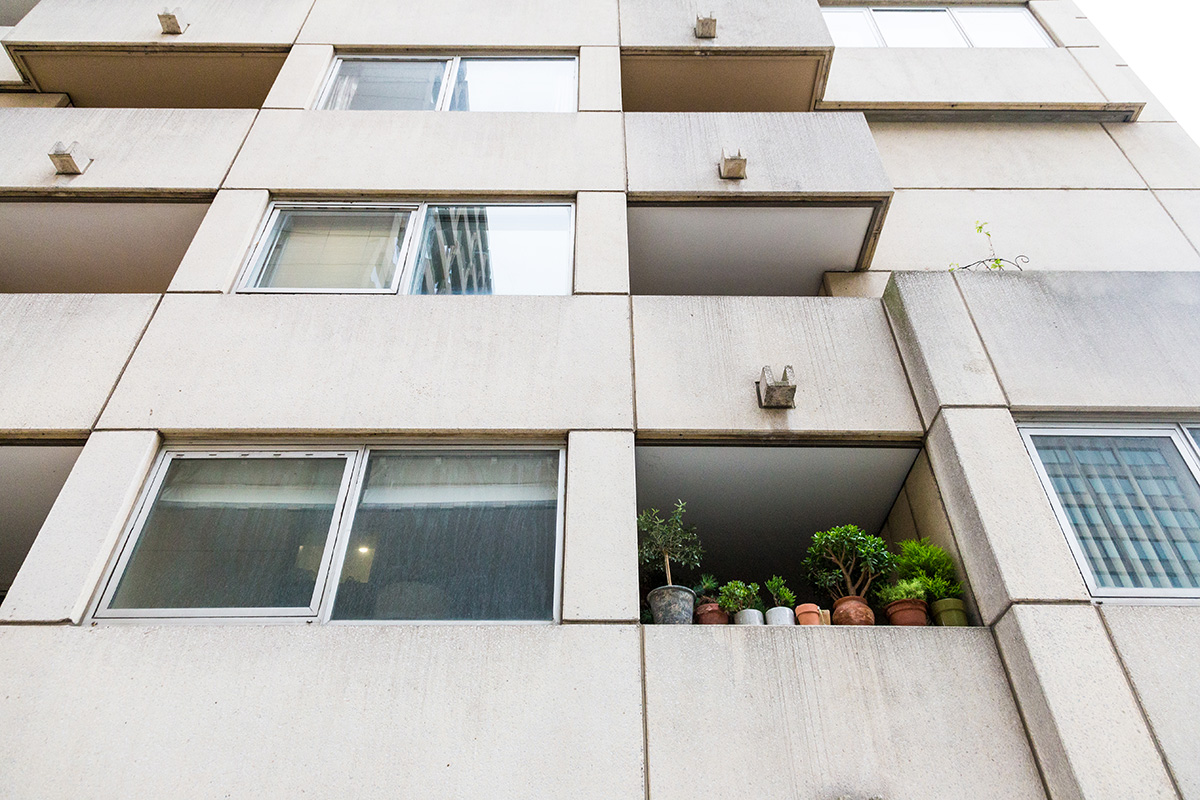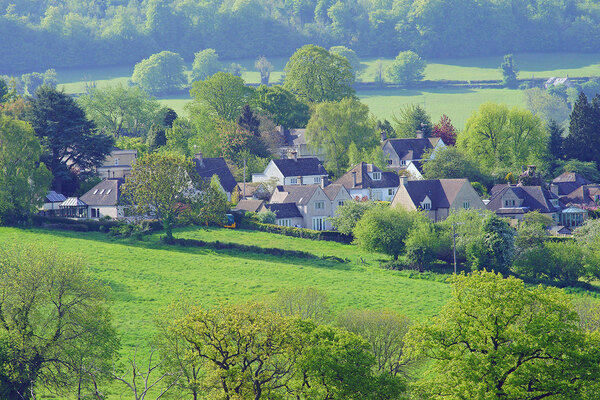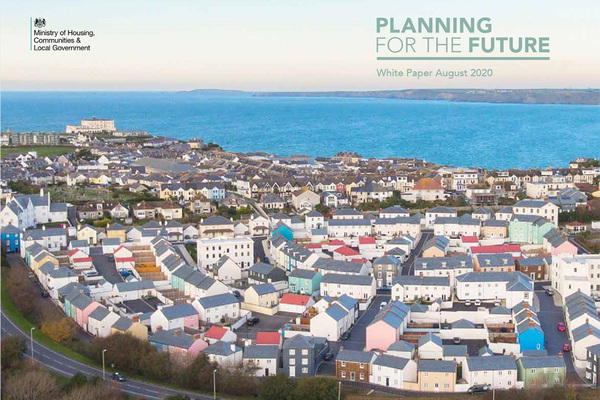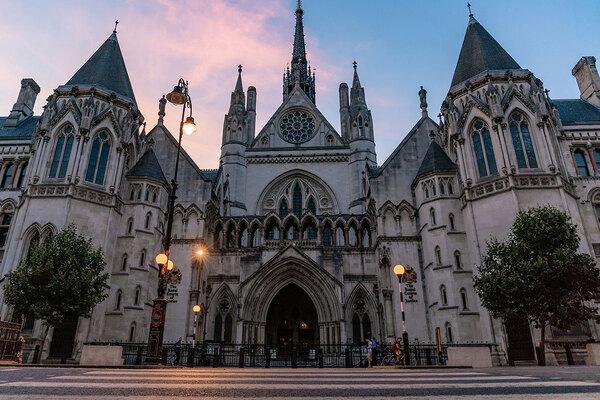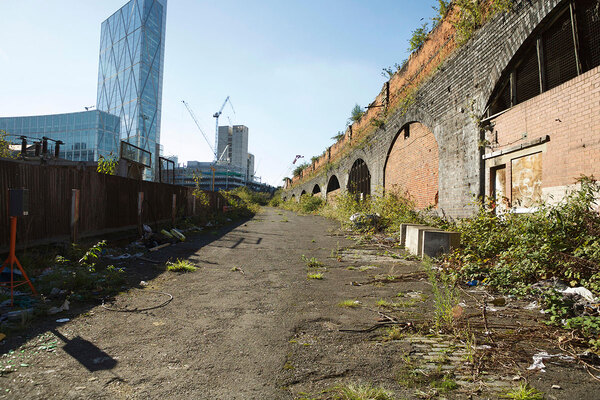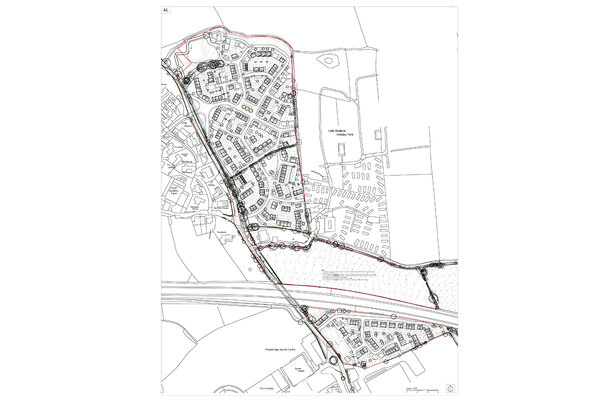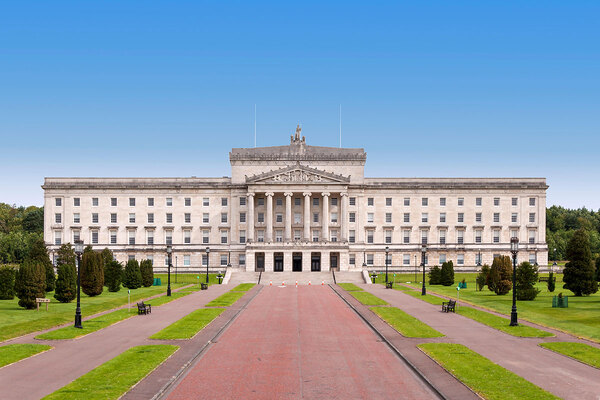You are viewing 1 of your 1 free articles
Planning reform proposals leave many unanswered questions on nature, green space and energy efficiency
Planning proposals look to have worrying loopholes on biodiversity and protection of green space except in protected zones, as well as risk limiting the ability of local authorities to set the bar high on climate change and new housing, writes John Alker
Last week, the government decided to reopen the Pandora’s box that is planning reform and proudly declared it the biggest shake-up to English planning since 1947.
There is, inevitably, an awful lot that everyone needs to get their head around during the consultation period.
For the UK Green Building Council, three areas in relation to the environment immediately stand out as requiring scrutiny if these proposals are to genuinely support green growth and “build back better”.
Environmental protection
The Planning White Paper promises environmental protection – enhancement even – plus simpler, speedier assessment and more and quicker building. Many are sceptical, but let’s give it a fair hearing.
The key is ensuring that the planning system complements and facilitates the measures and objectives in the Environment Bill. The white paper’s promotion of technology, mapping and spatial planning actively mirrors aspects of the Environment Bill such as increased habitat mapping and the creation of Local Nature Recovery Strategies, which is promising.
“It is deeply unclear how nature and green space would be safeguarded and enhanced in either the growth and renewal zones”
More accurate data and comprehensive mapping will not only help with certainty for developers, but will also be an essential part of delivering the proposed ‘National Nature Recovery Network’ through creating a joined-up network of habitats. It will also be essential for streamlining processes, such as environmental impact assessments, by ensuring reliable data on key species is available upfront. So far, so good.
However, there are areas of concern. The white paper’s key proposal is that local plans must designate ‘growth’, ‘renewal’ and ‘protected’ zones, which comes with a strong whiff of assuming the protected zones tick the green box. It is deeply unclear how nature and green space would be safeguarded and enhanced in either the growth and renewal zones or how these areas will fit with nature recovery networks.
Similarly, there are concerns over proposals to designate new towns as ‘nationally significant infrastructure projects’. Does this effectively exempt them from the Environment Bill’s biodiversity net gain requirement, ie that new developments compensate for any habitats destroyed, and add an additional 10%? That’s a pretty loopy loophole.
Design codes
Most of the heavy lifting in terms of standards in these new proposals is being done through ‘design codes’. A ‘National Model Design Code’ will act as a backstop, with local codes being drawn up through consultation before being integrated into plans. These will, it is suggested, have “real bite” to ensure quality, with local councils being granted new enforcement powers.
“There is a particular irony here that many local councils have been trying to set high standards on sustainability, but have been held back by central government restrictions”
Although these new codes could – if done well – offer greater certainty and indeed quality in terms of standards, there is still a significant degree of uncertainty surrounding their scope and content, alongside the powers of local authorities. How are they made? How much freedom do local authorities have in their drafting? What happens if they are not adhered to?
The Quality of Life Foundation has rightly said that design codes, whether local or national, are only as good as the client and designers who implement them. And the only way of holding them to account is through well-resourced local planning departments. Is government prepared to back this up with the investment needed?
There is a particular irony here that many local councils have been trying to set high standards on sustainability, but have been held back by central government restrictions, particularly around energy performance standards in new homes.
Speaking of which…
Zero carbon
The white paper openly acknowledges the substantial problem of new homes currently being built to standards that are not currently compatible with reaching our national net zero target. To address this, it refers to the planned Future Homes Standard, claiming that under this “no new home would need to be subsequently retrofitted”, with new homes’ emissions 75% to 80% lower than today.
“There is currently a mismatch between the ambition of most local authorities, many of which have declared climate emergencies, and central government”
Well, sort of. First, this only includes regulated energy. Second, in its current state, it may not include fabric standards and be over reliant on renewables and grid decarbonisation. Third, this assumes that the homes perform in operation as they are supposed to. Those are some pretty big caveats, and we haven’t even mentioned embodied carbon.
Despite the warm words, there is currently a mismatch between the ambition of most local authorities, many of which have declared climate emergencies, and central government. With local net zero targets often far in advance of the national one. If local carbon targets are to be met while also delivering the new housing we need, something has to give.
We will need to find a way to enable local flexibility to go further, faster on new build carbon standards and do so in a way that provides national developers with a degree of consistency around the destination and the roadmap.
At least the problem is acknowledged in the white paper, with a promise “to clarify the role that local authorities can play in setting energy efficiency standards for new build” in the autumn.
Even these meaty themes are only part of the picture in terms of the wider white paper. There is lots to grapple with in a short space of time. The rhetoric is there in black and white: more homes, better homes, beautiful places and enhanced nature all delivered quicker and slicker. Time will tell if government can square this circle.
John Alker, director of policy and places, UK Green Building Council
Sign up for the IH long read bulletin
Already have an account? Click here to manage your newsletters
